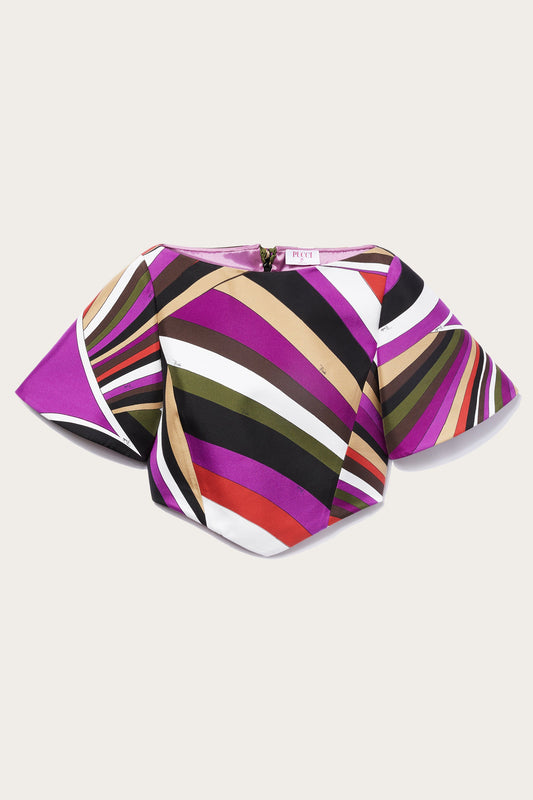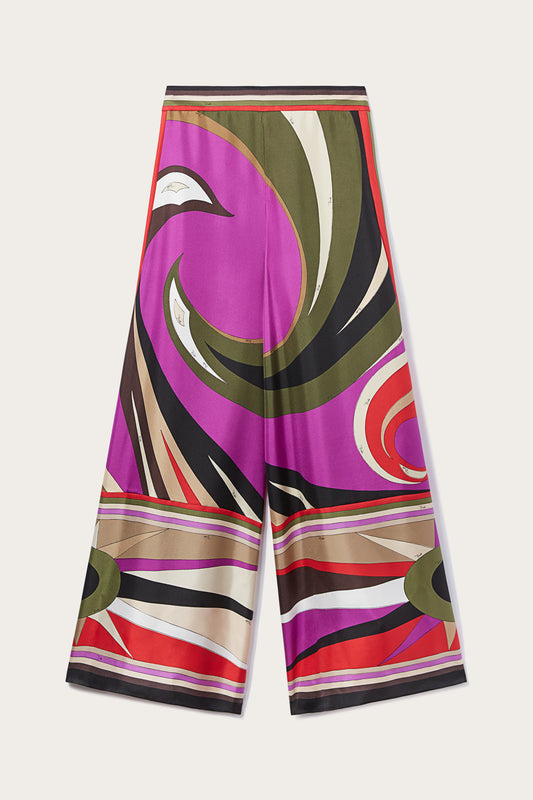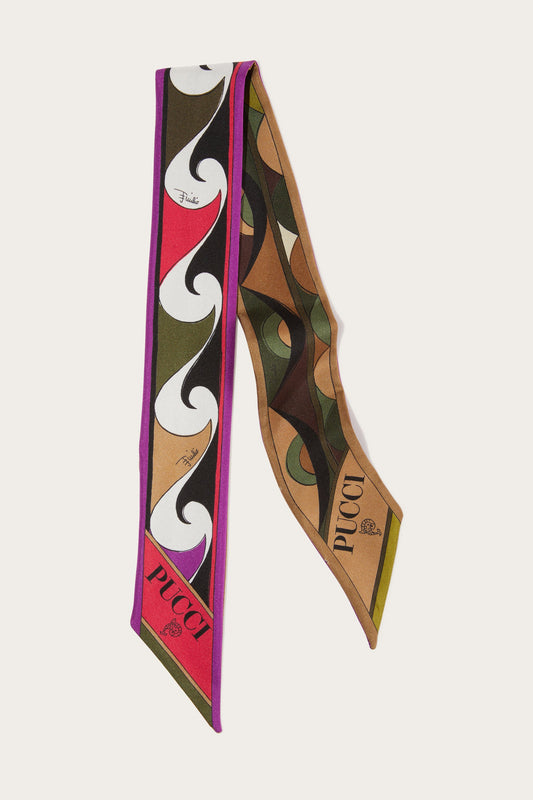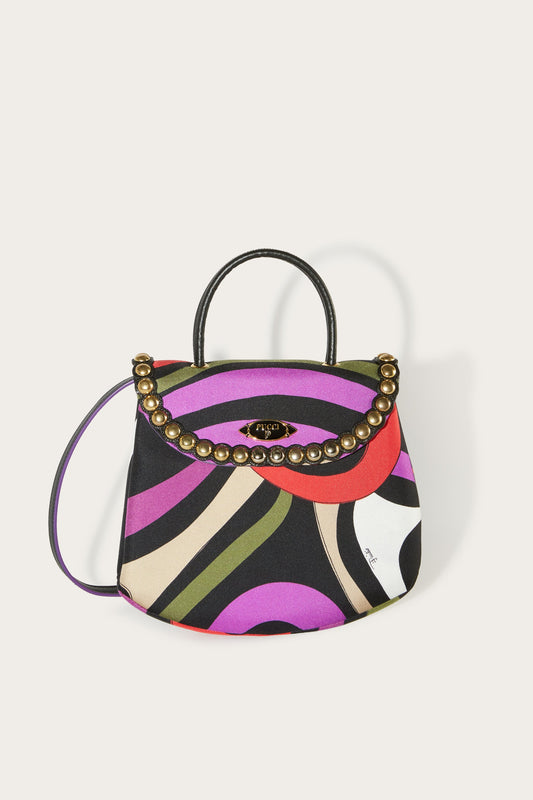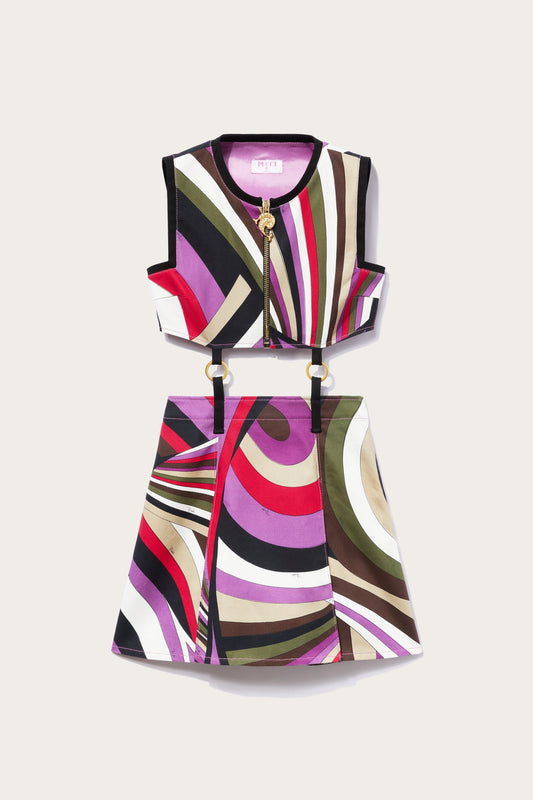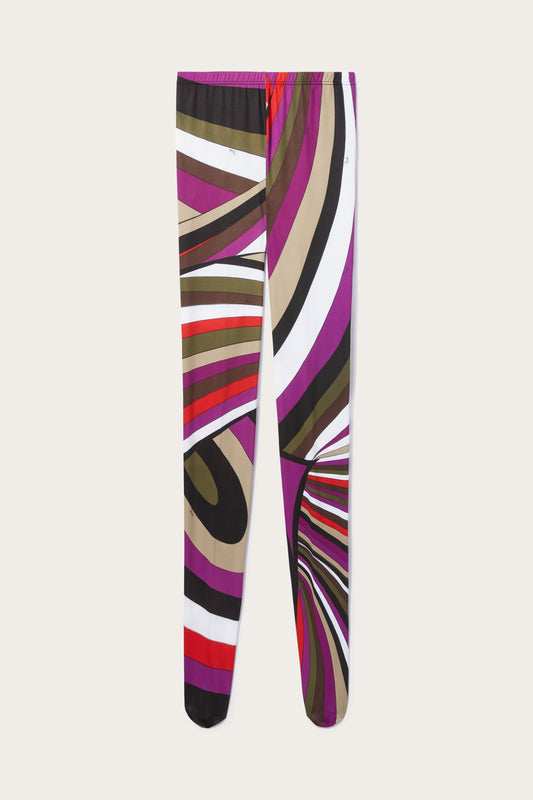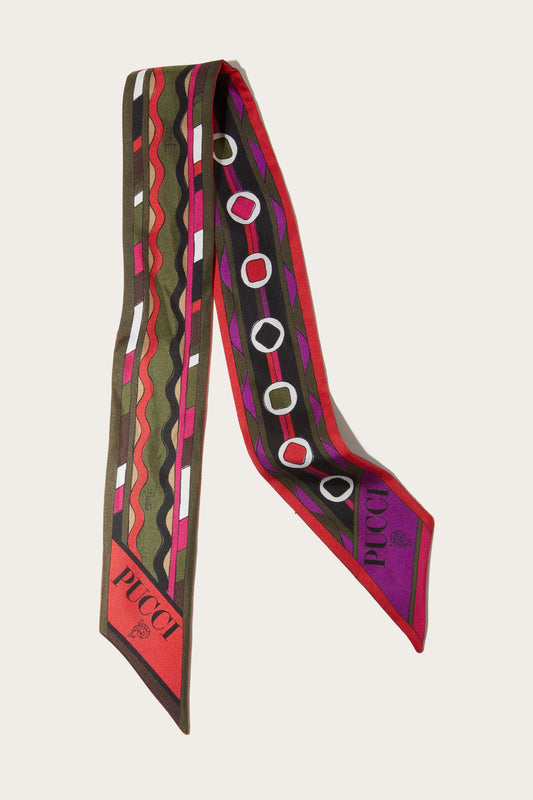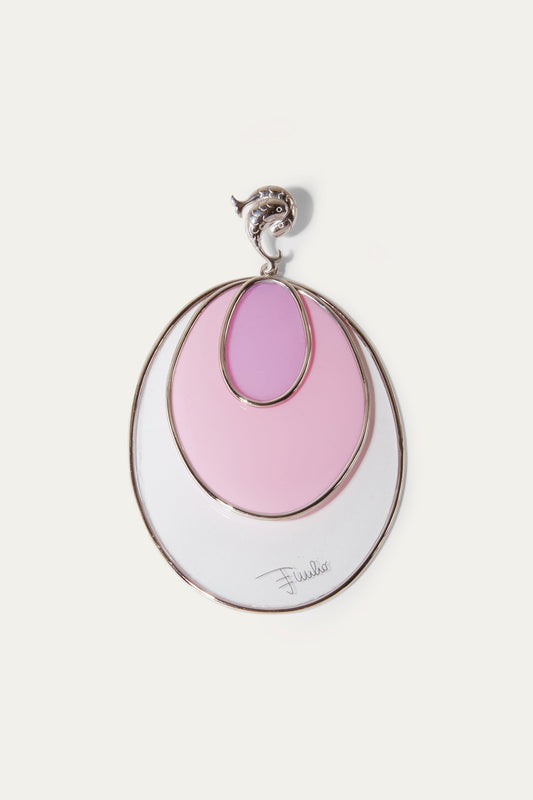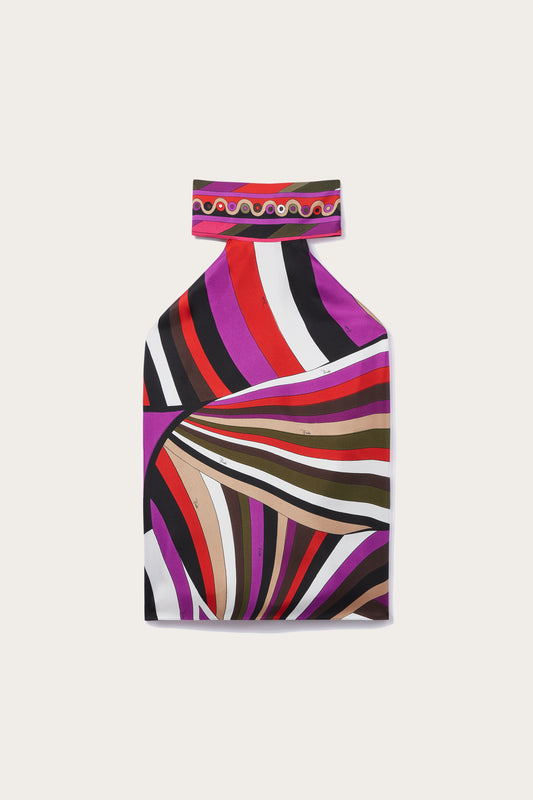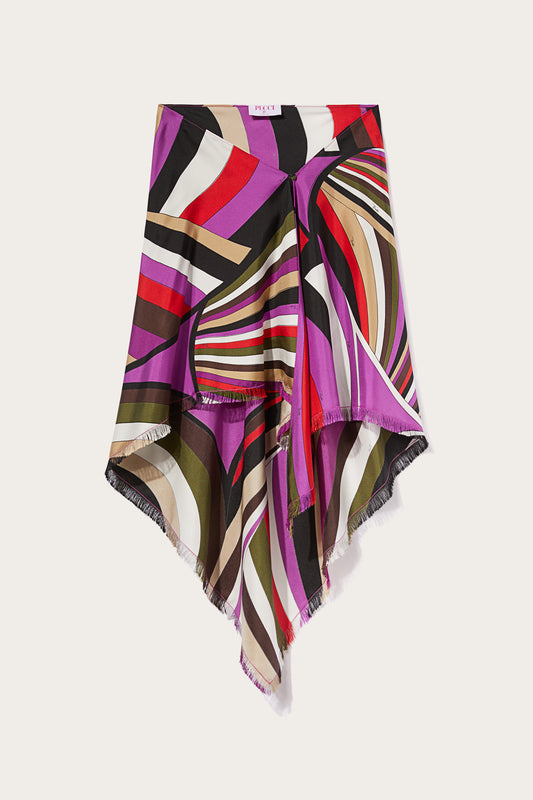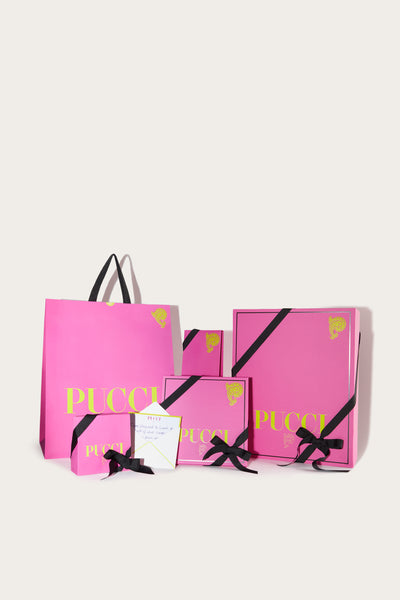
A NEW JOURNEY
"A New Journey" is how Camille Miceli, Pucci’s Artistic Director, defines the Florentine House’s new direction. Focusing on a modern way of thinking, living and moving, well beyond style, she has reinvented an ultra-contemporary way of dressing, deeply rooted in the history of the House of Pucci.


A NEW LUXURY
The new Pucci collection is designed for the timeless simplicity of a fleeting moment that echoes the world we now live in: Camille Miceli’s vision isn’t deployed across seasons, but instead, it endures in the immediacy of the "see now, buy now", using monthly "drops", available in stores and online. The House of Pucci is thus anchored in the liveliness of the moment and reconciles our desire for ultra-connectivity with the luxurious and nonchalant allure of Italian know-how.


EMILIO PUCCI
Emilio Pucci, Marquis of Barsento, founded the brand that bears his name in 1947. He unexpectedly began his career on the Swiss ski slopes, to open his first boutique in Capri in 1950. A citizen of the world, constantly traveling between his native Florence and the holiday resorts favored by the jet set, he envisioned the modern woman following a revolutionary intuition full of style and personality. He dressed such women with easy, immediate pieces that express a new idea of elegance: fast, joyful, spontaneous, effortless. He embraced, with a unique sense of color, the American idea of sportswear, the need for absolute comfort, which he combined with an innate taste for beauty and luxury. He left a permanent mark, summarized by the prints that earned him the title of The Prince of Prints.



